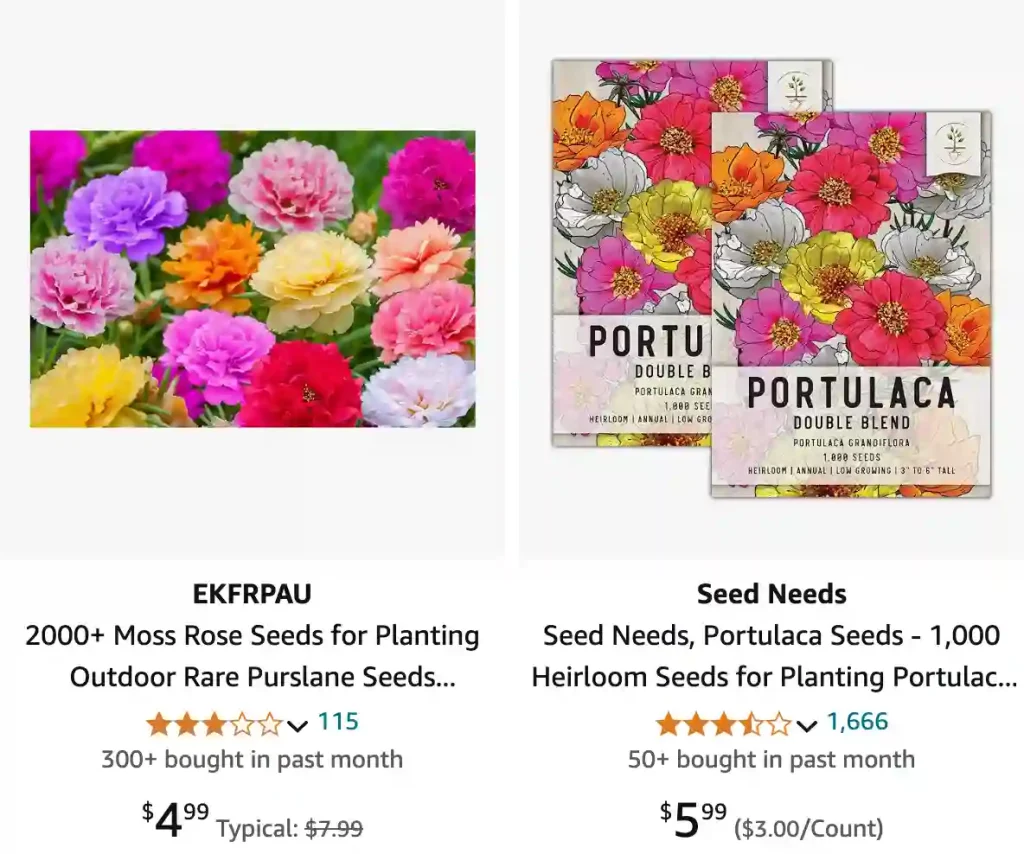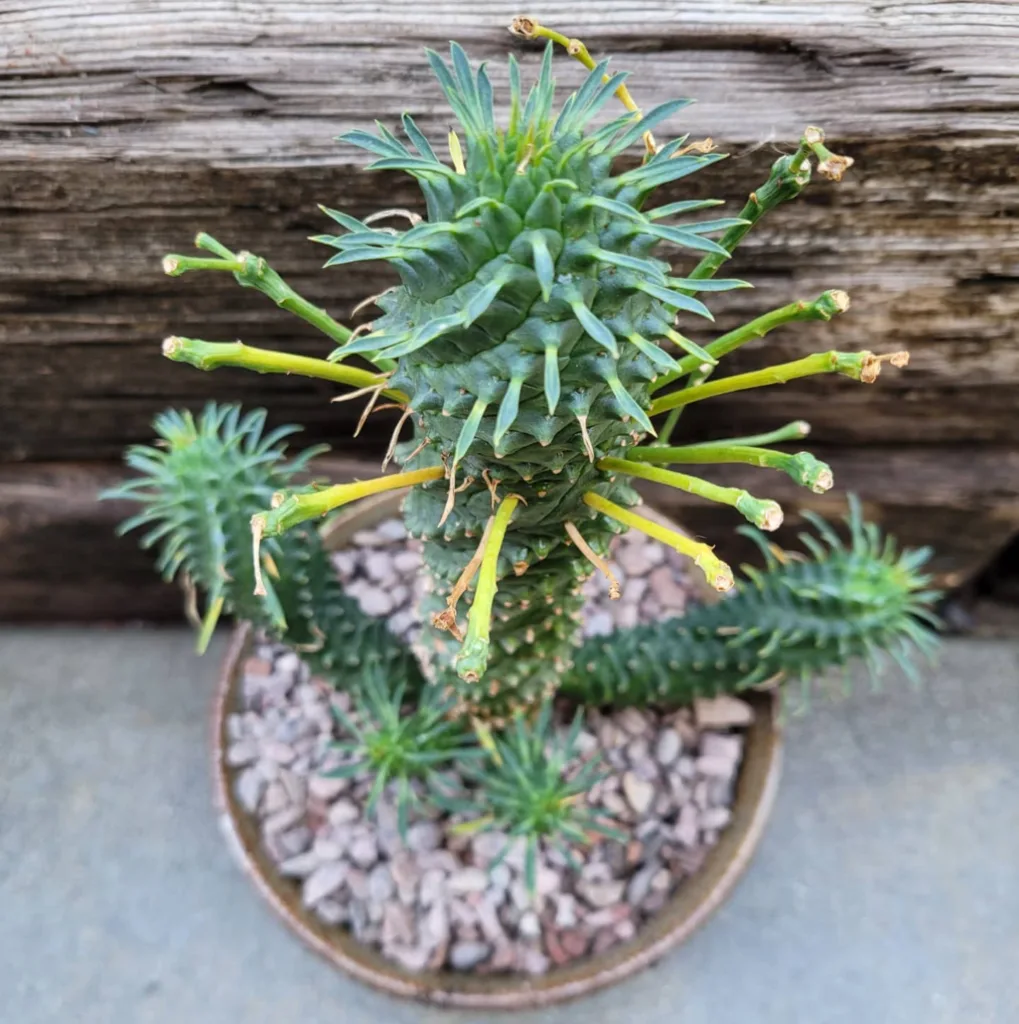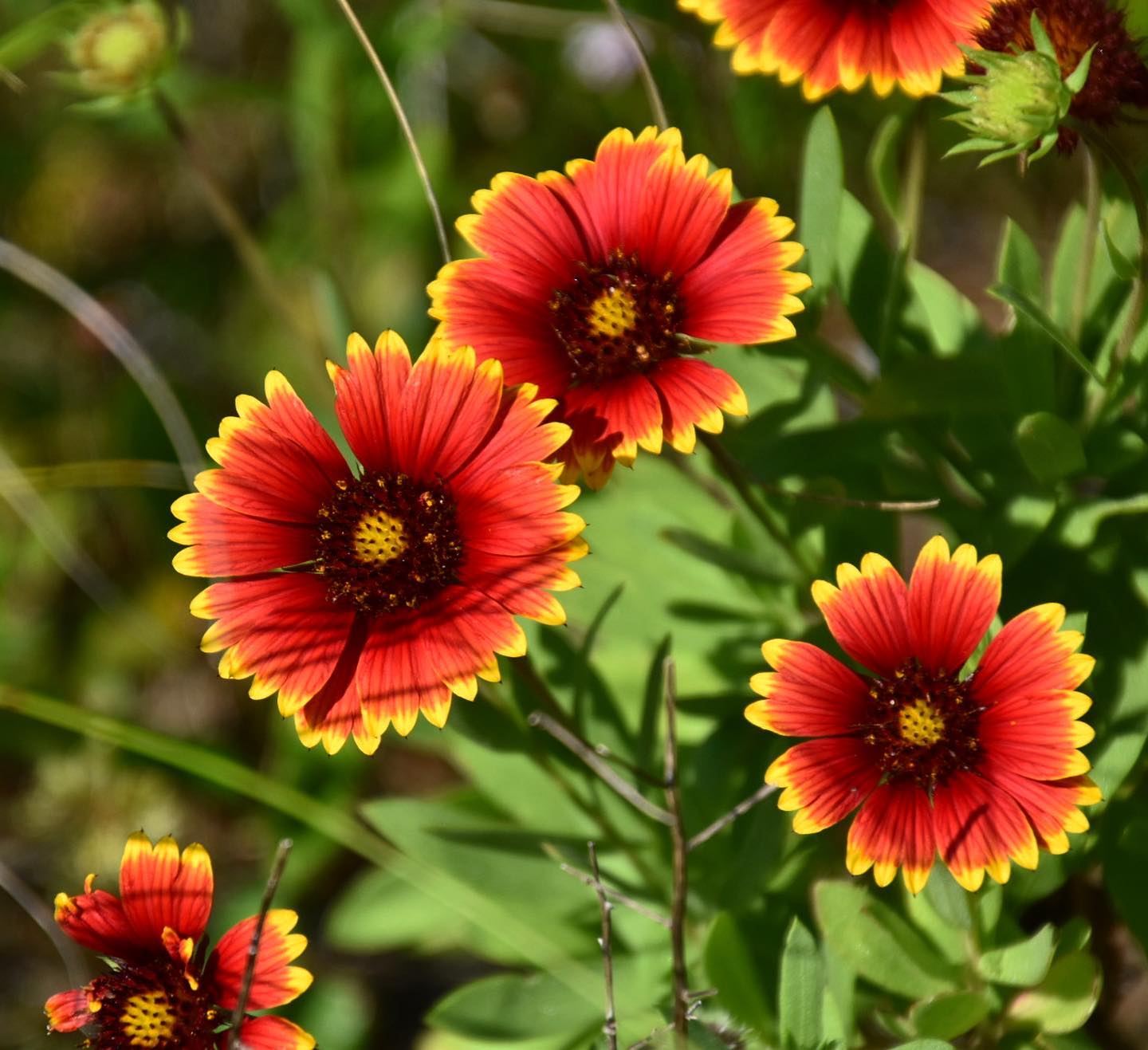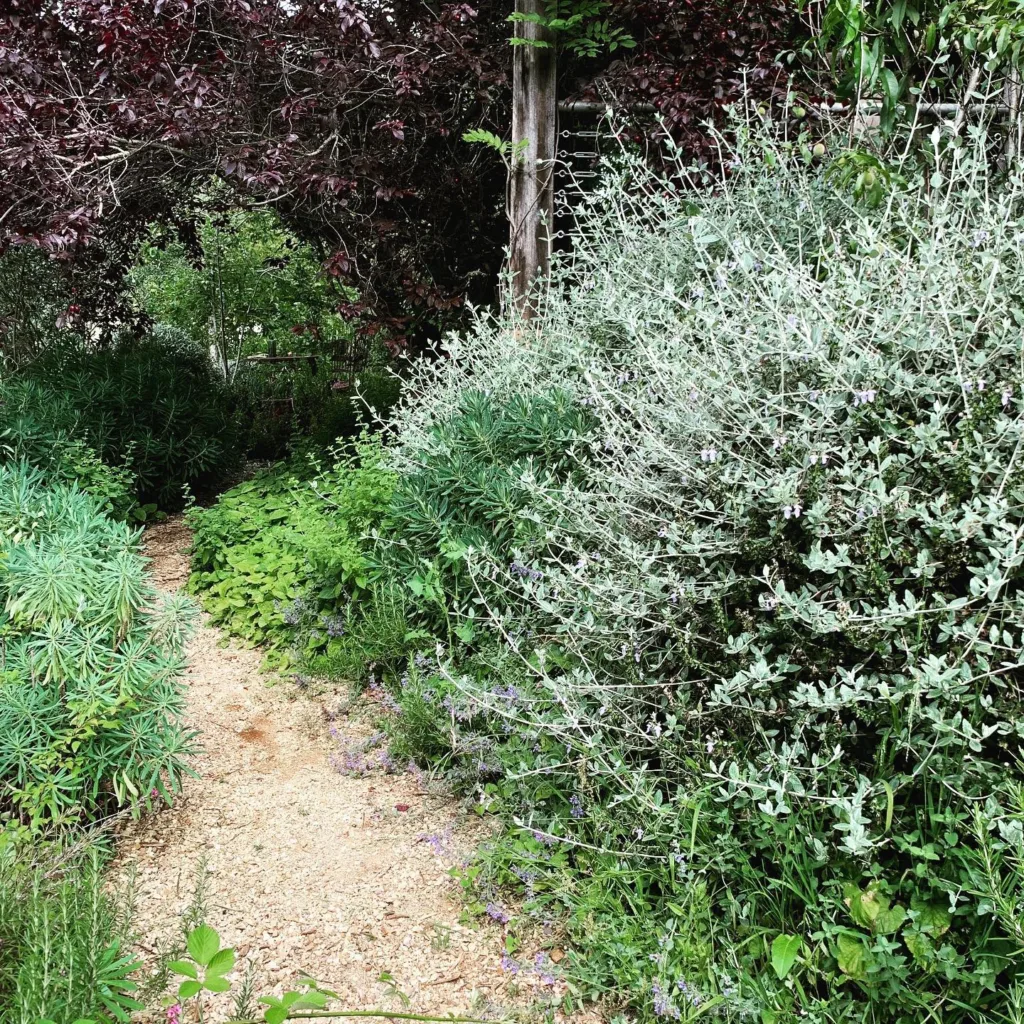
Moss Rose FAQs: Everything You Need to Know
Moss Rose, known scientifically as Portulaca Grandiflora, is a charming and vibrant plant that’s caught my attention. If you’re considering adding this delightful plant to your garden or home, you might have a few questions about its care, growth, and characteristics. Here’s a comprehensive guide based on my experiences and research.
Plant Family: Portulacaceae – 154 Species in Genus Portulaca
What Is Moss Rose?
Moss Rose is a succulent flowering plant that belongs to the Portulacaceae family. It’s admired for its colorful, cup-shaped flowers that bloom in various hues, including pink, red, yellow, and orange. This plant thrives in hot and sunny conditions, making it perfect for summer gardens.
Is Moss Rose Poisonous to Humans?
One of the first questions I had was whether Moss Rose is poisonous. Fortunately, Moss Rose is not toxic to humans. It’s a safe plant to have around children and pets, which is a relief if you’re considering it for your garden.
Is Moss Rose a Perennial?
Moss Rose is technically a perennial in warmer climates. In USDA hardiness zones 10 and 11, it can grow year-round. However, in colder regions, it’s usually treated as an annual since it can’t survive freezing temperatures.
Can Moss Rose Grow Indoors?
Yes, Moss Rose can grow indoors, but it requires specific conditions to thrive. It needs plenty of sunlight, so a south-facing window or a grow light will be essential. Ensure the soil is well-draining, as this plant doesn’t like to sit in wet soil.
Can Moss Rose Be a Houseplant?
Absolutely. Moss Rose can make a lovely houseplant. Its low-maintenance nature and bright blooms can brighten up any room. Just make sure it gets enough light and that you don’t overwater it.
Do Deer Eat Moss Roses?
Moss Rose is not a favorite of deer. Its succulent, somewhat bitter leaves make it unappealing to these animals. If deer are a problem in your area, planting Moss Rose could be a wise choice.
Do Moss Roses Need Full Sun?
Yes, Moss Roses thrive in full sun. They require at least 6 hours of direct sunlight each day to produce their vibrant flowers. If grown in partial shade, they might become leggy and produce fewer blooms.
Do Moss Roses Spread?
Moss Roses can spread, but they do so relatively slowly. They form a dense mat of foliage and flowers, which can gradually expand over time. If you want to contain them, regular pruning can help keep them in check.
Do You Deadhead Moss Roses?
Deadheading Moss Roses is not strictly necessary, but it can encourage more blooms. By removing spent flowers, you prevent the plant from going to seed and can promote a longer flowering period.
What Does a Moss Rose Look Like?
Moss Rose has fleshy, succulent leaves and blooms that come in a variety of bright colors. The flowers are usually single or double and have a crinkled, ruffled appearance. The plant itself forms a low-growing, spreading mat.
Moss Rose vs. Purslane
Moss Rose and Purslane (Portulaca oleracea) are often confused, but they have distinct differences. Moss Rose has larger, showier flowers and is primarily grown for its ornamental value. Purslane, on the other hand, is often used as a vegetable or herb and has a different leaf shape and flower size.
Moss Rose vs. Ice Plant
Both Moss Rose and Ice Plant (Delosperma spp.) are succulents, but they differ in appearance. Ice Plant has a more spiky foliage and daisy-like flowers, while Moss Rose features rounded leaves and ruffled flowers. Ice Plant is also known for its glistening leaves, which give it a unique, frosty appearance.
Moss Rose vs. Portulaca
It’s easy to confuse Moss Rose with other Portulaca varieties. While Portulaca grandiflora is commonly known as Moss Rose, other species like Portulaca pilosa also fall under the Portulaca genus but have different characteristics. Moss Rose is typically more colorful and has a more vibrant bloom compared to other Portulaca species.
Moss Rose vs. Creeping Phlox
Moss Rose and Creeping Phlox (Phlox subulata) are both ground covers but differ significantly. Creeping Phlox has a more upright growth habit with a carpet of small, star-shaped flowers, while Moss Rose spreads out more horizontally and has a denser, more succulent appearance.
How to Care for Moss Rose?
Moss Rose is relatively low-maintenance. It prefers well-draining soil and can tolerate drought conditions. Water it sparingly and make sure the soil dries out between waterings. Fertilize occasionally with a balanced, all-purpose fertilizer to keep it healthy.
How to Propagate Moss Rose?
Propagating Moss Rose is straightforward. You can do it through seed or stem cuttings. For seeds, sow them directly into the soil or start them indoors a few weeks before the last frost. For cuttings, take a healthy stem and let it dry out before planting it in well-draining soil.
What to Plant With Moss Rose?
Moss Rose pairs well with other drought-tolerant plants like succulents, lavender, and ornamental grasses. Its vibrant colors can complement a range of plants in a sunny garden setting.
Common Problems with Moss Rose
One common issue with Moss Rose is overwatering, which can lead to root rot. Ensure the plant is in well-draining soil and water it only when necessary. Watch out for pests like aphids and spider mites, which can occasionally affect the plant.
Moss Rose is a versatile and beautiful plant that can add a splash of color to your garden or home. Whether you’re using it as a ground cover or a houseplant, it’s a hardy and attractive choice that’s easy to care for.
If i die, water my plants!



